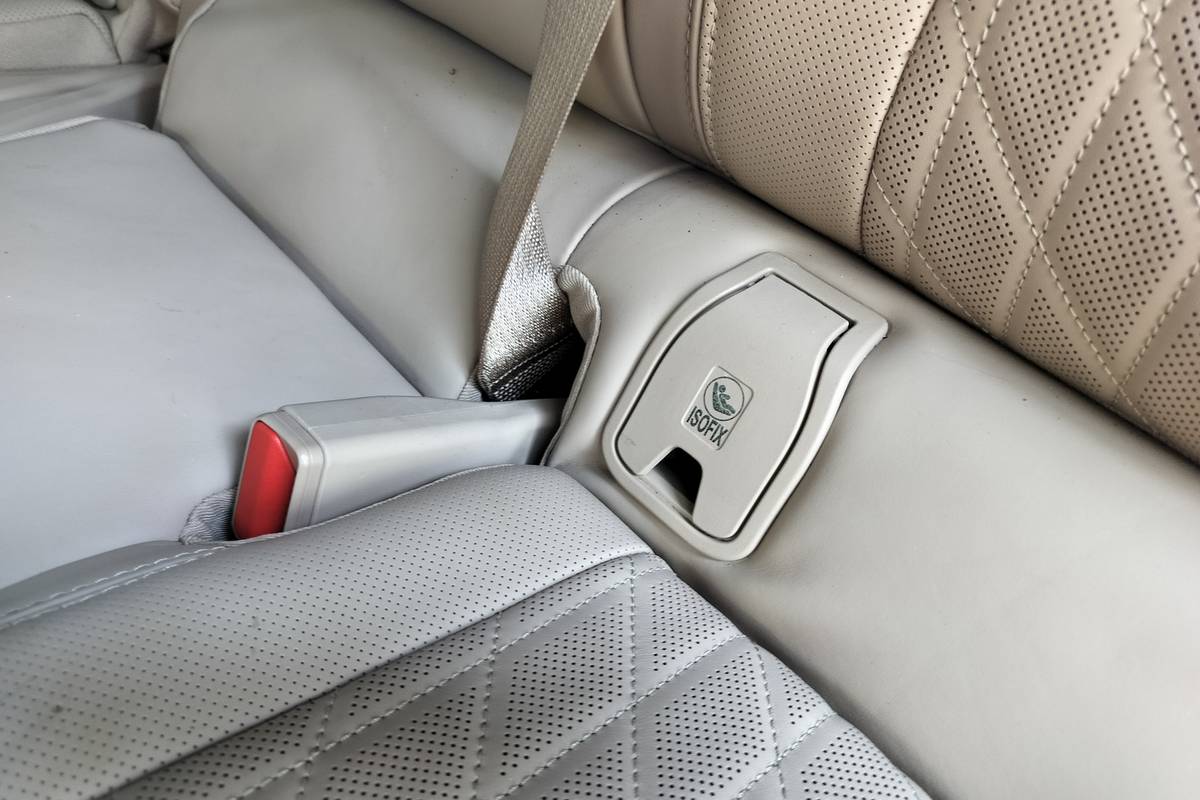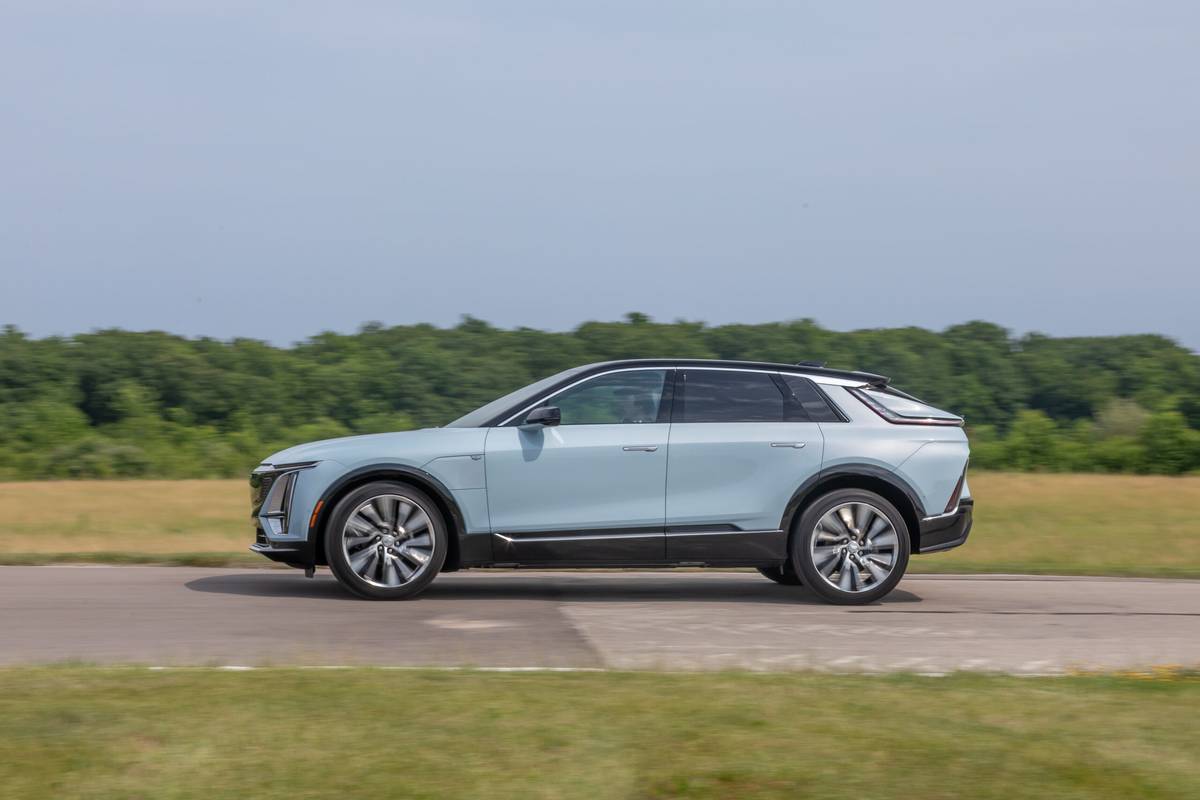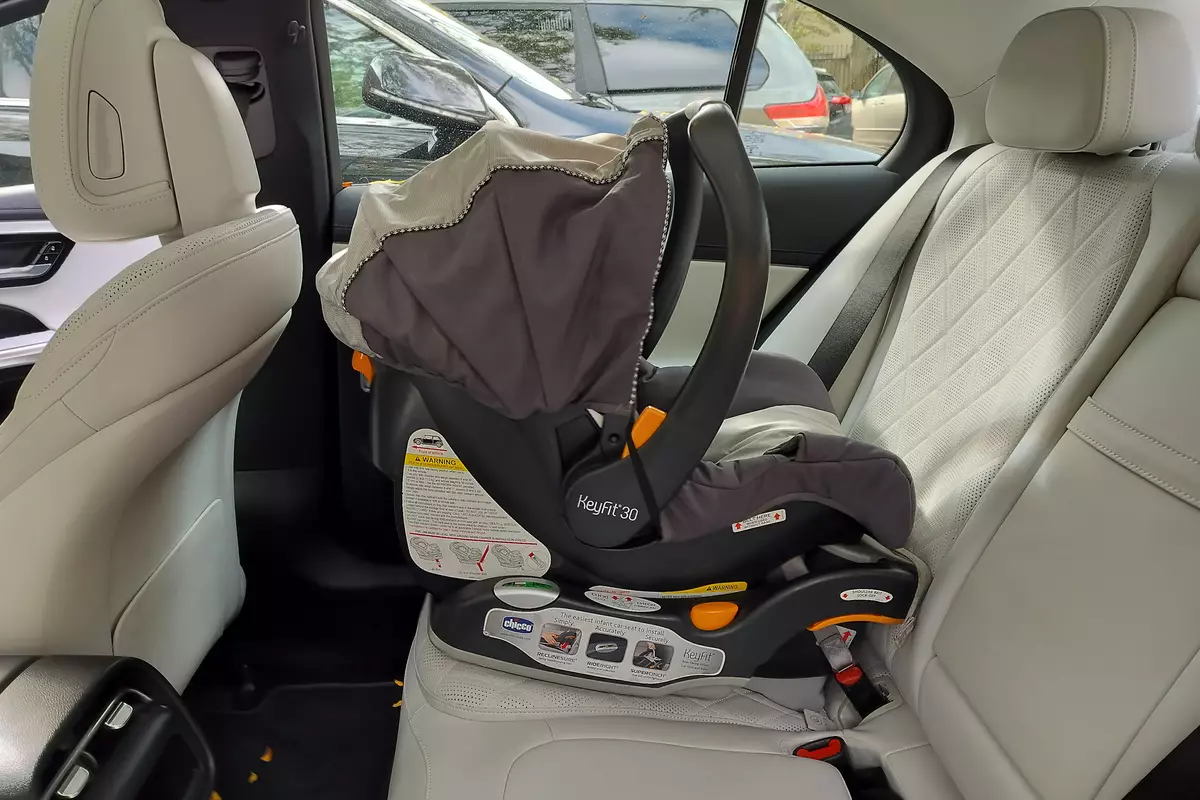The Morning Call and Mcall.com's view
If ever a company needed an escape, its Ford Motor Company.
In the wake of the Explorer/Firestone furor, you must wonder if company officials would like to climb into an SUV and drive far away from the circus this has become.
But the new Escape hasn’t escaped unscaithed.
I initially drove the Escape a few weeks ago, but was told by Ford to cease driving it immediately because the steering wheel might come off. In some people’s minds, this just reinforces all the old American car stereotypes. But at least Ford admits its mistakes. Mitsubishi only admitted its 20-year cover-up of defects after they were caught.
Still, some otherwise rational people will never be swayed that Amercians do make some good vehicles, and the new Escape is one of them.
Co-developed with Mazda ( which gets a similar version of the vehicle called the Tribute) the Escape is a freshly engineered unibody platform that takes aim at such sub-compact SUVs as the Honda CRV, Chevy Tracker and Toyota RAV4. Like those vehicles, and unlike larger SUVs, these vehicles start out as front-wheel-drive vehicles. The four-wheel-drive system (dubbed Control-Trac by Ford) is a $1,625 option on both trim levels. Four-wheel-drive activates when slippage is detected or when the driver manually locks the vehicle into four-wheel-drive mode with a dash-mounted dial.
There are two trim levels, base XLS and upscale XLT, with all models getting a 127 horsepower 2-liter four-cylinder and five-speed manual (lifted from the Ford Focus) as standard equipment. Optional is a 201 horsepower 3-liter Duratec V-6 (from the Ford Taurus). Ordering the V-6 also nets the buyer a four-speed automatic tranmission which is expected to be the drivetrain of choice.
The body is an updated, if smaller, version of the Ford Explorer. It’s handsome and rugged, yet not too macho. Its style strikes just the right balance. While the Escape is as wide as an Explorer, it’s only about as long as a Focus. The ride height of the vehicle is lower than the Explorer, meaning entry into the vehicle is quite easy.
The test vehicle supplied by Ford was an XLT V-6 with Control-Trac. Power was strong off the line, aided by the smooth-shifting automatic transmission. While not effortless, it never lacked power. Mileage was quite good, with a mix of 75/25 highway/city netting a terrific 26 mpg on regular fuel.
There is some engine noise when pressed, and tire and wind noise are more than present, so the vehicle is only average when it comes to interior solitude. Handling is excellent for an SUV. It’s pretty car-like, though the Escape still has a truck-like kick over bumps. There’s no bobby or float however, with a flat feel when the road turns twisty. Credit the fully-independent suspension, a rarity in SUV circles. Body lean comes on early, but the Escape is more athletic than its competition. Understeer and occasional torque-steer are appa rent even with Control-Trac, not suprising since it operates in front-wheel-drive most of the time.
Stopping was uneventful, with short straight stops despite the abscence of rear disc brakes. Anti-lock brakes are standard on the upper-lvel XLT. Front seat side air-bags are a $345 option and worth every penny.
The V-6-equipped Escape will tow up to 3,500 pounds with the towing package.
Inside, you’ll find a contemptorary, well-designed interior. The black-on-white guages have a sporty feel, though they’re limited to speed, tachometer fuel and temperature. The AM/FM/CD audio system is mounted top and center of the dash, where its easy to reach. The optional audio system has a good sound and holds 6 CDs in the dash, which is very convenient. A cassette deck is available.
The climate control consisted of the round dials that are easy to use, but they operated with a spongy feel. Standard amenities include air-conditioning, a rear wiper and defr ter, tilt steering wheel, AM/FM/single CD audio system, intermittant wipers among other features. Step up to the XLT and you get 16-nch tires (Firestone Wilderness HTs on the test vehicle), anti-lock brakes, fog lamps rear cargo compartment power outlet, alarm, floor mats and cruise control.
The seats were are similar to those in the Explorer. The front bucket seats were comfortable and supportive, if a bit shallow. Like its bigger brother, the seatbacks are one-piece, without adjustable headrests. Rear seats were comfy and di have adjustable headrests. Go figure.
Some details worked better than others. Quality of interior materials was just average. Like many competitors, hard plastics rule, although the steering wheel was covered in a perforated leather that will make your heart melt. But the cargo compartment had a carpet that seemed carelessly finished. The door handles feel VERY cheap as if they’re easy to snap. Actually, the door check in the front door did snap, meaning the door wouldn’t stay open with the vehicle parked on a hill.
The rear cargo opened either with just the glass or the door. And a cargo compartment shade is always helpful. The spare is located inside, under the cargo floor. That’s rare in SUVs.
The front console’s bin lid makes a comfy center armrest, but the rear seat has no center armrest. Also, the visor vanity mirrors aren’t lit and the only light is in the center of the ceiling. The vehicle also lacks a compass or outside temperature guage. Also, keep in mind that although leather seats are an option, seat heaters are not.
But those are just details.
The overall package is what counts. On this score, Ford’s Escape scurries to the top of the pack with its rugged tough looks, excellent drivetrain and handling and good fuel economy (for an SUV.) Minuses are a so-so interior, although most won’t find it a problem.
Although Ford is wading through the miasma of the Firestone fiasco, what shouldn’t be lost is the quality of the SUVs they produce. The Escape is further proof of that.
Latest news



